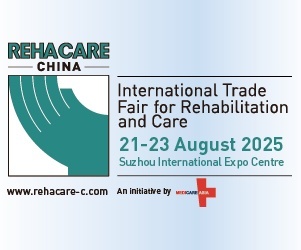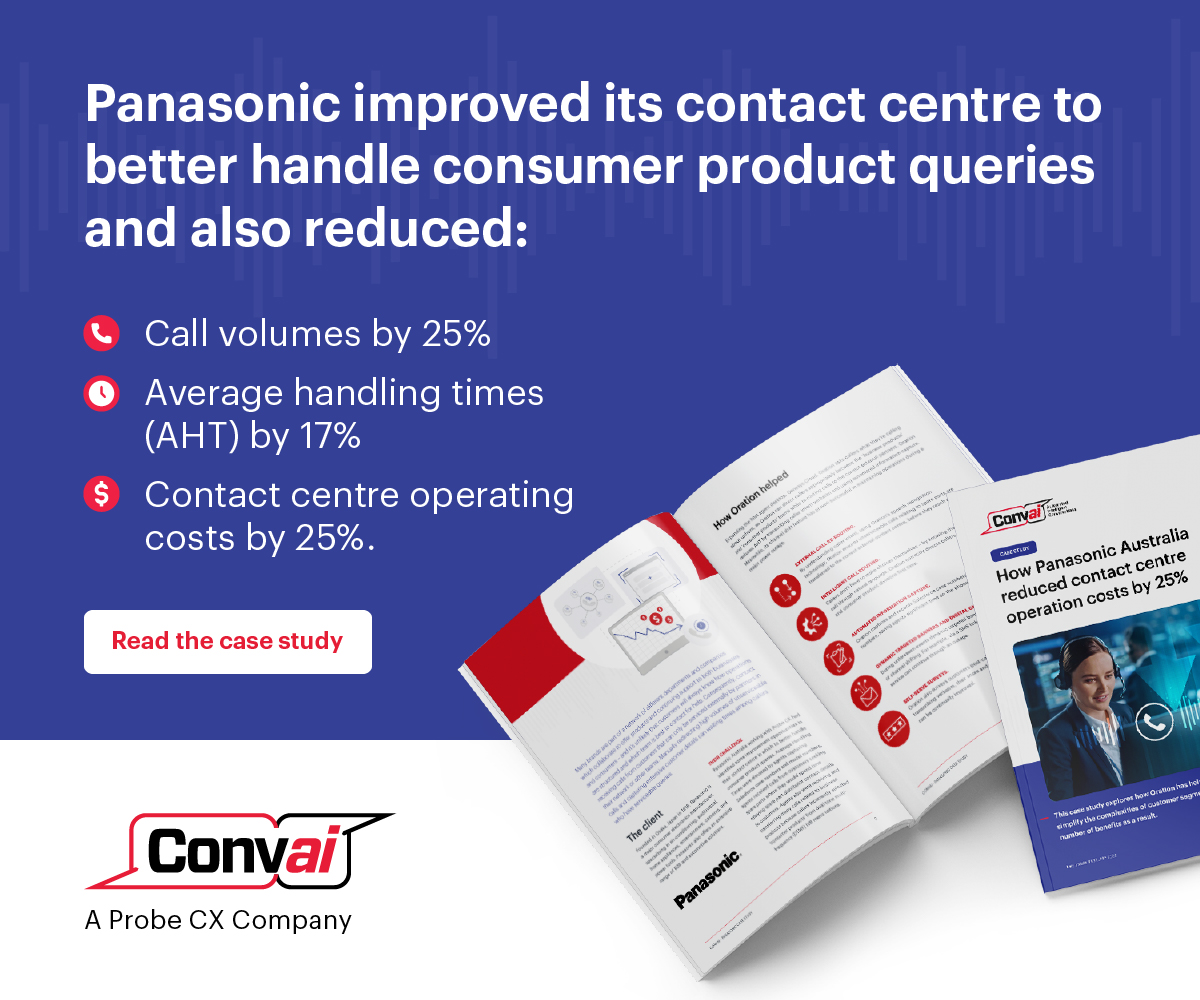The construction sector continues to face a persistent and pressing safety challenge. In 2024 alone, the industry accounted for 872 workplace fatalities, representing a significant portion of all job-related deaths. While this marks a slight decrease from the previous year, the number remains alarmingly high, and underscores the urgent need for improved safety practices, cultural alignment, and vigilance on the job site.
Construction still accounts for 21% of all workplace fatalities in the U.S., a staggering statistic for any sector. And yet, most people in this industry, whether in the field or in the office, care deeply about safety. We look out for our crews, mentor new hires, and take pride in getting the job done right. At its core, construction is built on teamwork, accountability, and trust. However, as projects have grown more complex and safety regulations more layered, the way we implement safety has begun to drift from how people actually work. The systems in place, designed to reduce incidents and improve accountability, often feel like administrative burdens rather than tools that support real safety.
This disconnect doesn’t stem from apathy among workers. The challenge lies in how safety is delivered. The systems we’ve built don’t always reflect the way people in construction learn, think, or operate. I’ve seen this evolution firsthand. I started my career in construction over twenty years ago as a laborer. Back then, safety was mostly about the basics: wear your hard hat, steel-toed boots, and reflective vest. There were few formal checklists, no extensive manuals, and little in the way of regulated programs. If someone got hurt, it was often accepted as part of the job—an unfortunate but expected risk. We learned by watching, by doing, and sometimes, by learning the hard way.
I eventually started my own construction company, installing windows on high-rises—a high-risk job. Like many others, we had good intentions but little structure. That changed when a general contractor refused to let us on-site without a formal safety program. For the first time, we had to document our processes, show our training records, and submit daily and weekly forms. And suddenly, I was trying to get a crew of 50-year-old glaziers to fill out paperwork they hadn’t touched in a decade. At first, it felt like just another hoop to jump through. But then something happened that changed everything.
We were working on a building when a steel angle fell from the 14th floor into a Whole Foods parking lot. Fortunately, no one was hurt, but it could have been a tragedy. I’ll never forget the fear in my foreman’s voice as he called me, running down the stairs, thinking someone might have died.
In that moment, the conversation shifted for me. Safety wasn’t about avoiding fines or passing inspections. It was about people. It was about the weight of responsibility I carried for every worker under my leadership. And I realized that the systems we had in place, no matter how well-intentioned, were too reactive.
Why “Checking the Box” Isn’t Enough
What we’ve built in many parts of the industry is a version of safety that centers on compliance: “Fill out this form.” “Complete that checklist.” “Take this training.” But often, we don’t ask the bigger question: Is this actually making the work safer?
In our effort to formalize safety, we’ve sometimes created a disconnect between the rules and the people they’re meant to protect. Field teams often see safety as something that slows them down. It’s a hurdle, not a tool. But safety should be intuitive, just like picking up a hammer or operating a lift. We don’t remind workers to use their tools; they just do it. That’s what safety should feel like. It should be part of the rhythm of the work, not something extra layered on top of it.
There’s also a misconception that safety is natural, that people will always make the safe choice. But that’s not how we’re wired; we’re human. We prioritize speed. We get comfortable. And when that happens, we become complacent.
Complacency is dangerous because it’s invisible. A worker might stop tying off because “nothing’s ever happened before.” But the risk hasn’t changed, just our perception of it. The real challenge is building a culture that interrupts complacency. And that doesn’t come from policies or penalties. It comes from creating space for people to connect with why safety matters—to them, to their families, to their crew.
A Field-First Approach
After that near-miss at the jobsite, I began to rethink how safety could work, not just for my company, but for the industry. I co-founded SALUS to solve a very specific problem: how do we make safety something that feels useful, not burdensome?
Our solution wasn’t just to digitize forms. It was to design a system that workers would actually want to use. That meant making it mobile-friendly, reducing complexity, and delivering value directly to the field. Because when information is accessible, when processes are intuitive, and when technology fits into the flow of work, not the other way around, people engage. And once workers are engaged, safety professionals can move beyond just collecting forms. They can start driving real improvements, focusing on behavior, mindset, and communication.
One of the most critical shifts we need to make is how we measure safety. Right now, our industry relies on lagging indicators like EMR (Experience Modification Rate) or TRIF (Total Recordable Incident Frequency). These numbers tell you how many people got hurt, but not why. And worse, they create incentives to underreport incidents instead of learning from them.
Imagine if we treated safety incidents the way the airline industry treats crashes: as lessons for the entire field. In aviation, every major incident is studied worldwide. In construction, we often keep those lessons locked away—or worse, ignore them entirely.
We need to remove the stigma around reporting. Near misses should be celebrated as opportunities to prevent harm. Instead of holding companies responsible for admitting faults, we should reward those who are transparent and committed to continuous improvement.
So how do we get there? We start by breaking down silos. Safety isn’t just the responsibility of a foreman or a safety manager. It’s owned by everyone, from laborers to executives. And that only happens when trust is built, the systems in place make sense, and every worker understands that their voice matters.
We also need to invest in leadership, specifically, safety leadership. Not just people who enforce rules, but people who inspire change. We need to treat safety professionals like CFOs: strategic leaders, not administrators. And above all, we need to stop thinking of safety as a box to check and start treating it as a core part of operating intuitively, intentionally, and with care.
The systems we’ve built got us this far, but they won’t take us where we need to go. We’ve flatlined. And if we want to move forward, we need to stop drowning in paperwork and start listening to the people who do the work daily.
Safety isn’t just about forms, inspections, or regulations. It’s about people. It’s about progress. And it’s about building a culture where the value of a life outweighs the pressure of a deadline.We have the tools. We have the stories. Now we need the will to change.
Because at the end of the day, what matters isn’t how many forms were filled out—it’s whether everyone made it home safely.













